
Cow chewing cud YouTube
'Chewing the cud' is when a portion of food returns from a ruminant's stomach to the mouth, to be rechewed. Fundamentally, this is a process underpinning animal productivity, weight gain, gut health, and general health. Without good nutrition, cattle and sheep cannot express their full genetic potential, nor will they be reproductively efficient.

cows chewing cud YouTube
A cow spends 8 hours a day chewing her cud. Just lying there, chillin' Cudding is an essential part of digesting her food. First, a bolus of food is regurgitated from the rumen, then it is chewed between 60-70 times whilst it is simultaneously mixed in with lots of gloopy saliva, and then it is re-swallowed to re-enter the rumen. This is repeated around every minute or so.
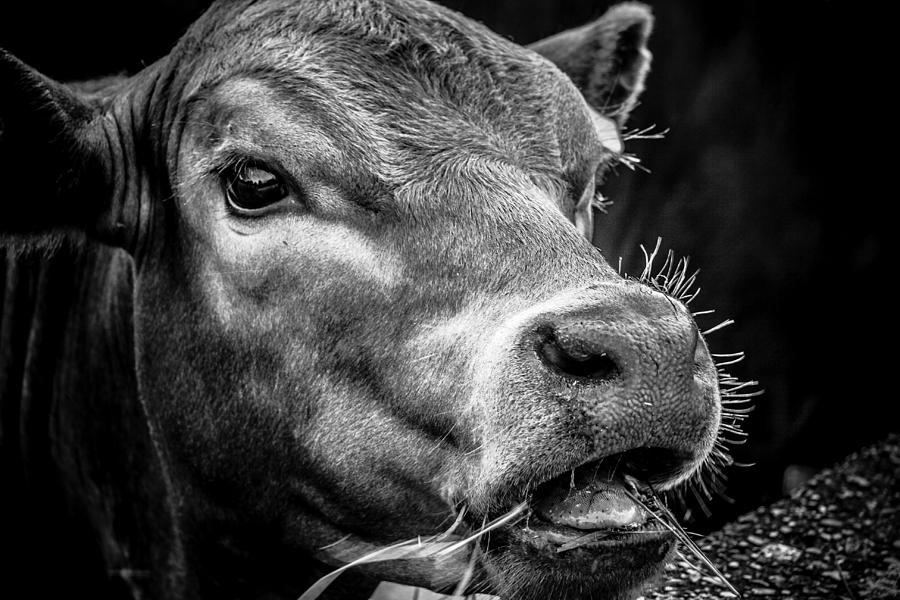
Cow Chewing the Cud Photograph by Richard Frank
Dairy cows spend almost 8 hrs a day chewing their cuds for a total of almost 30,000 chews daily.Check out http://www.letnaturefeedyoursenses.org/letnature/so.

Chewing Their Cud Photograph by Diana Tyson
"Chew the cud" literally refers to the unique digestive process found in some animals, such as cows and sheep. They chew their food, swallow it, and then regurgitate it to chew again, aiding in digestion. On a figurative level, "chew the cud" means thinking deeply about something, mulling it over, or reflecting on an idea or thought.

Cow chewing cud stock image. Image of domestic, horn 12847495
Other articles where cud is discussed: cow: Natural history: This process, called "chewing the cud," helps sort the digesta (the material being digested) and absorb nutrients. By taking time to re-chew their food later, cows avoid the need to chew well when they eat. This enables them to quickly ingest large quantities of grass while in the vulnerable head-down…

Chewing the cud The process explained
When cows chew their cuds they secrete saliva. This saliva contains a natural antacid which helps to buffer the rumen or first compartment of the stomach. Proper buffering of the rumen allows a cow to digest forages better and to eat more feed which helps her produce more milk. What stimulates a cow to chew her cud?
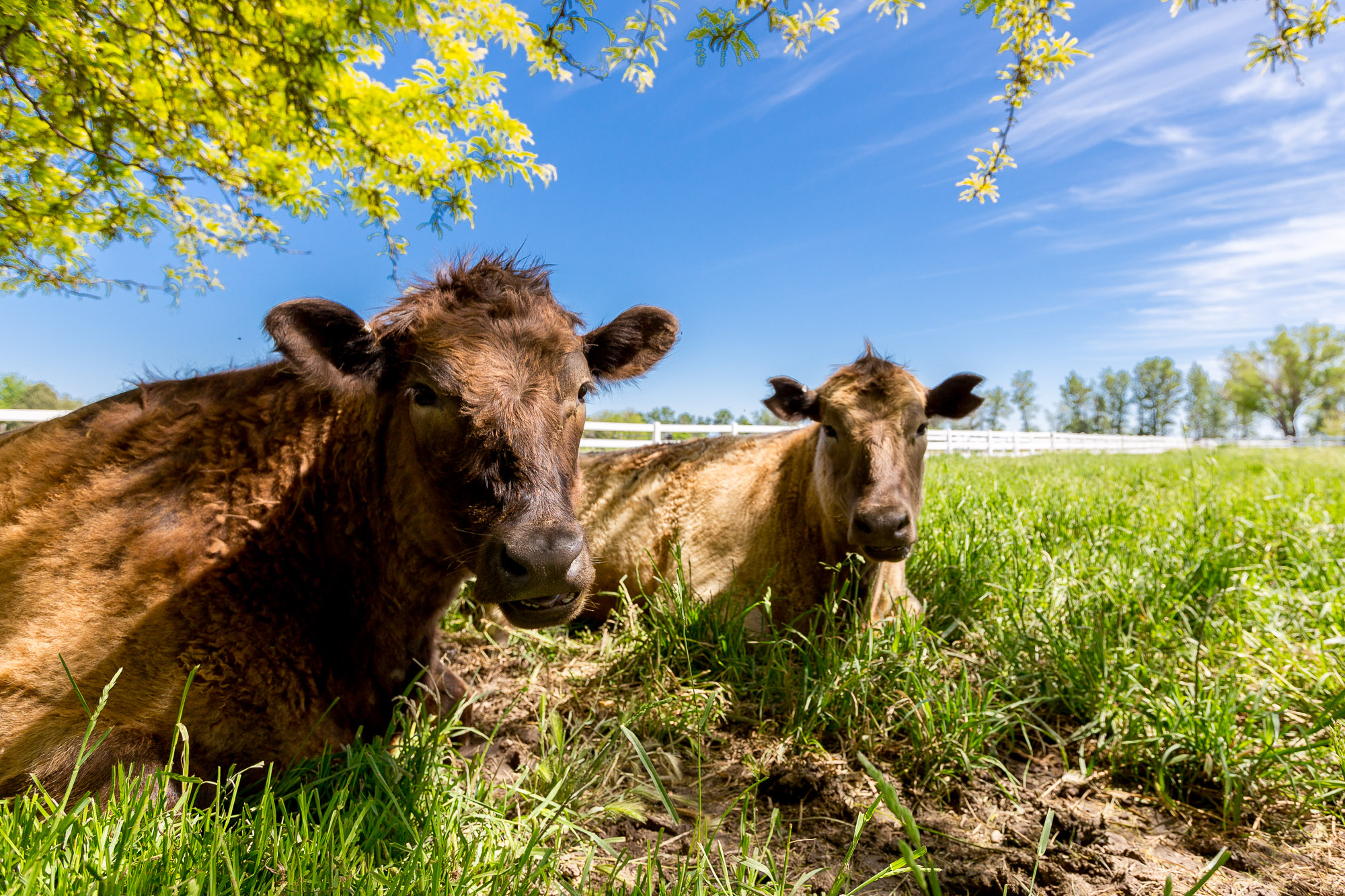
Sitting Cows Chew the Cud
One of the best signs of health in a cow is the act of cudding. If your cow is cudding, you're on the right track in her feeding program!More info here: http.
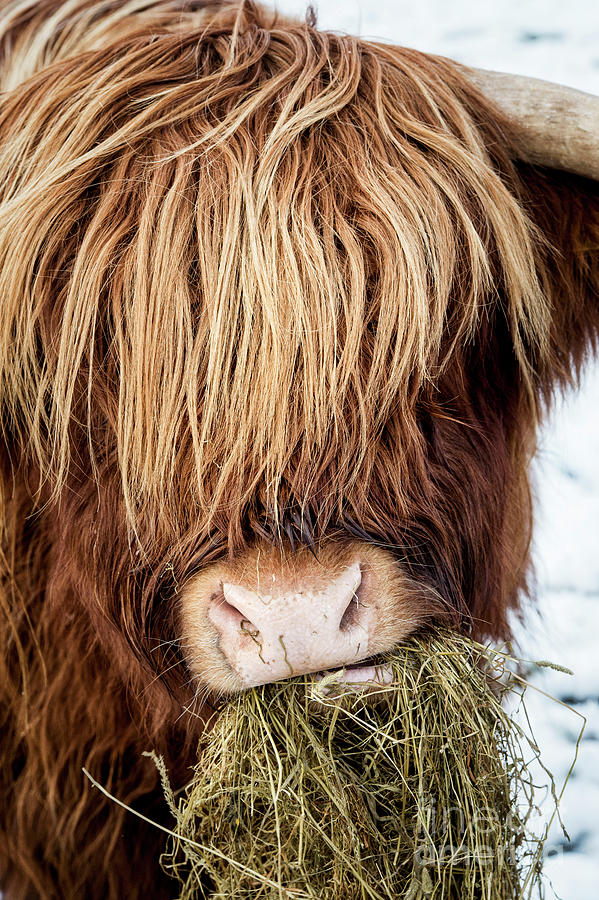
Chewing The Cud Photograph by Tim Gainey Fine Art America
According to dairy cow nutritionist Mary Beth de Ondarza, when a cow is chewing her cud, that's a good sign. It means that she is comfortable, relaxed and eating a good diet with a sufficient amount of long fiber. What is a Cow's Cud & How Do Cows Chew Their Cud

Cows mouth Chewing the cud Constable country Dedham to Flatford
The literature would suggest that around 70% of cows that aren't asleep, eating, or drinking should be actively chewing their cud. Per other recommendations, around 40% of cows in a group should be chewing. These recommendations are based on the estimated time of total chewing behavior of approximately seven to eight hours per day.
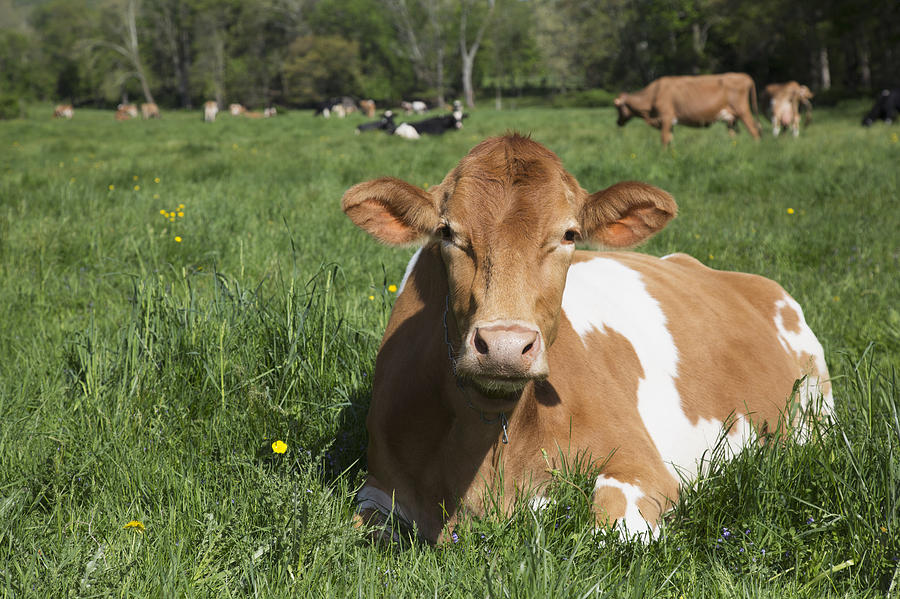
Guernsey Cow Chewing Cud, Lying In Lush Photograph by Lynn Stone Pixels
As cows chew their cud, they create an environment for the microbes to thrive. In return, the microbes produce essential nutrients, such as fatty acids and protein, which cows can absorb and use for growth. Watch cows chew cud (video) Have you ever watched a cow chew its cud? If not, you can do it now!

Profile Cow Chewing Cud Stock Photo 45966469 Shutterstock
Answer: Cud chewing is an essential part of what makes a ruminant a ruminant. The rumen is this giant fermentation vat where microorganisms break down parts of forages that simple-stomached.

Menchey's Spring Cow Found this cow chewing its cud just o… Flickr
In fact, 70% or more of your cows at rest should be chewing their cud. This process grinds up grasses, hay and grains, making them more available for the rumen microbes to digest.

Devon The Cow Chewing The Cud Hopefield Animal Sanctuary YouTube
1. Feed high-quality forages, which stimulate cud chewing while also allowing for high feed intakes. Cows are ruminants and evolved to utilize forages, not grain, as their primary feed source. 2. Make sure that 15% to 20% of the forage is greater than 2 inches in length when a cow eats. In other words, 4 to 5 pounds of hay goes a long way in.
Farming by Faith at Spring Lawn Chewing the cud
The hay cows eat is hard to digest. They regurgitate it to break it down more by chewing it again.
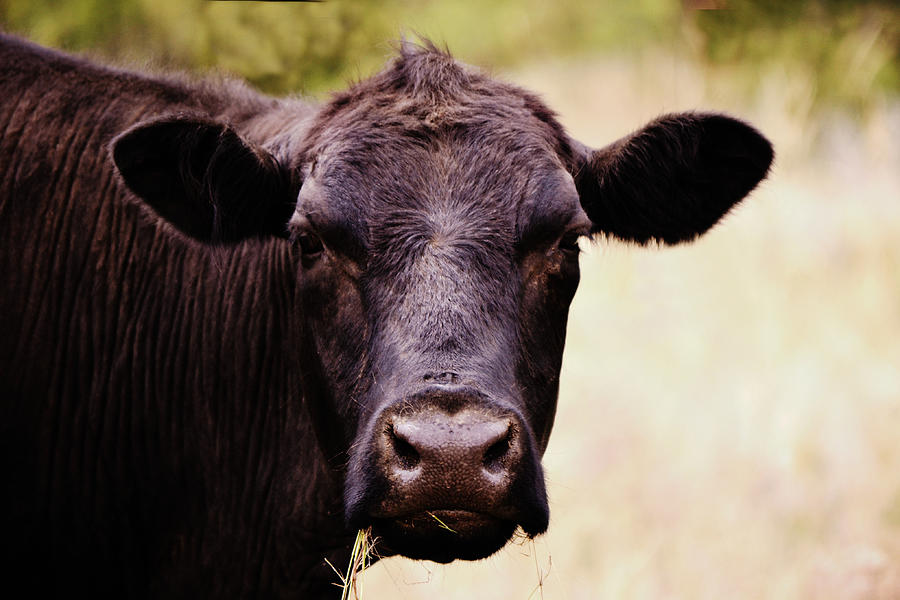
Black Cow Close Up Chewing the Cud Photograph by Gaby Ethington
During the digestive process in the rumen, cow cud is softened food that is not digested and returned to the mouth to be chewed and swallowed again. Initially, cows chew just enough to moisten the food and swallow it; rumen makes it into softballs mixed up with other juices, which is considered as Cud. This is why almost all day long, cows chew.

Chewing the cud on Cave Brook Farm Animals, Brooke, Cow
Decoding 'Cow Chewing Cud': Unraveling the Mystery • Discover the fascinating truth behind the enigmatic phrase 'Cow Chewing Cud' and delve into the intrigui.